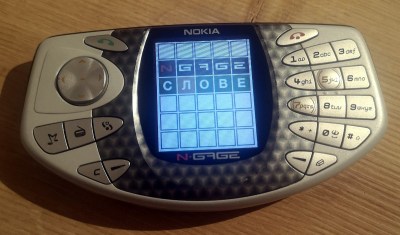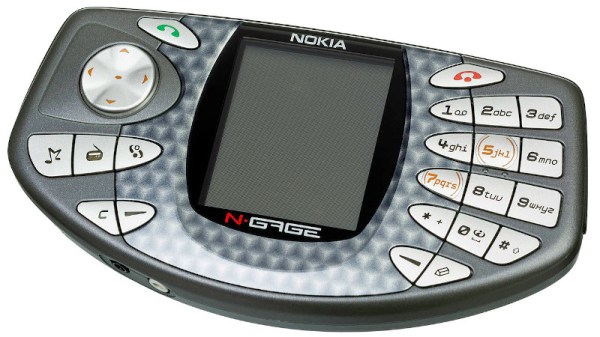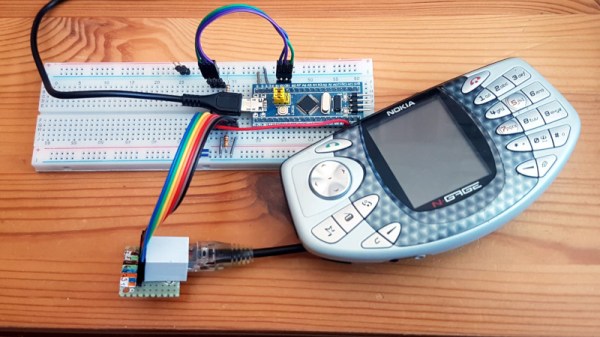You probably never imagined you’d be reading about new software getting developed for Nokia’s infamous N-Gage handheld game system in 2022, and we certainly never thought we’d be writing about it. But here we are. Of course, we aren’t talking about a commercial title — this is an unofficial port of Wordle by “taco phone” superfan [Michael Fitzmayer].
[Michael] tells us that this first version is pretty simplistic, and currently uses a single word list with all 2,309 terms in the New York Times version. Translations to Finnish, Russian, and German are in the works, though interestingly it looks like the effort is currently stymied by the fact that the code doesn’t support words with hyphens in them; meaning it’s possible to find yourself in an unwinnable situation if you’re playing in Russian. We’re sure that’s just a coincidence and not meant as any kind of political commentary, but still…you can’t make this stuff up.

So how does one go about developing a new game for a failed console from the early 2000s? The answer is by using the modern N-Gage SDK that’s is currently in development, which lets you write code for the system using popular tools and libraries like Visual Studio 2022, CMake, and SDL. But [Michael] isn’t just a user of this new SDK, he’s also the brains behind the operation.
The hope is this new development platform will lead to something of a renaissance for the maligned device, and he’s even started a Discord server to discuss the past, future, and present of sidetalkin’. If you’re surprised to find yourself looking up what a used N-Gage goes for on eBay these days, join the club.

















